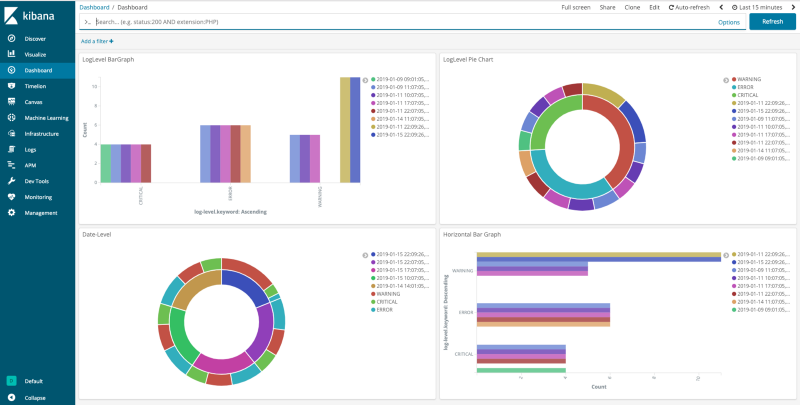
Ī typical example of RDD-centric functional programming is the following Scala program that computes the frequencies of all words occurring in a set of text files and prints the most common ones. NET, Java, or Scala objects.īesides the RDD-oriented functional style of programming, Spark provides two restricted forms of shared variables: broadcast variables reference read-only data that needs to be available on all nodes, while accumulators can be used to program reductions in an imperative style. RDDs are immutable and their operations are lazy fault-tolerance is achieved by keeping track of the "lineage" of each RDD (the sequence of operations that produced it) so that it can be reconstructed in the case of data loss. These operations, and additional ones such as joins, take RDDs as input and produce new RDDs. This interface mirrors a functional/ higher-order model of programming: a "driver" program invokes parallel operations such as map, filter or reduce on an RDD by passing a function to Spark, which then schedules the function's execution in parallel on the cluster. NET and R) centered on the RDD abstraction (the Java API is available for other JVM languages, but is also usable for some other non-JVM languages that can connect to the JVM, such as Julia ). It provides distributed task dispatching, scheduling, and basic I/O functionalities, exposed through an application programming interface (for Java, Python, Scala. Spark Core is the foundation of the overall project. Spark also supports a pseudo-distributed local mode, usually used only for development or testing purposes, where distributed storage is not required and the local file system can be used instead in such a scenario, Spark is run on a single machine with one executor per CPU core. For distributed storage, Spark can interface with a wide variety, including Alluxio, Hadoop Distributed File System (HDFS), MapR File System (MapR-FS), Cassandra, OpenStack Swift, Amazon S3, Kudu, Lustre file system, or a custom solution can be implemented. It is also possible to run these daemons on a single machine for testing), Hadoop YARN, Apache Mesos or Kubernetes.
#Spark python runner logs install
For cluster management, Spark supports standalone (native Spark cluster, where you can launch a cluster either manually or use the launch scripts provided by the install package. Īpache Spark requires a cluster manager and a distributed storage system. Īmong the class of iterative algorithms are the training algorithms for machine learning systems, which formed the initial impetus for developing Apache Spark.

The latency of such applications may be reduced by several orders of magnitude compared to Apache Hadoop MapReduce implementation.

Spark facilitates the implementation of both iterative algorithms, which visit their data set multiple times in a loop, and interactive/exploratory data analysis, i.e., the repeated database-style querying of data. Nodes represent RDDs while edges represent the operations on the RDDs. Inside Apache Spark the workflow is managed as a directed acyclic graph (DAG). Spark's RDDs function as a working set for distributed programs that offers a (deliberately) restricted form of distributed shared memory. Spark and its RDDs were developed in 2012 in response to limitations in the MapReduce cluster computing paradigm, which forces a particular linear dataflow structure on distributed programs: MapReduce programs read input data from disk, map a function across the data, reduce the results of the map, and store reduction results on disk. The RDD technology still underlies the Dataset API. In Spark 1.x, the RDD was the primary application programming interface (API), but as of Spark 2.x use of the Dataset API is encouraged even though the RDD API is not deprecated.

The Dataframe API was released as an abstraction on top of the RDD, followed by the Dataset API.

#Spark python runner logs software
Originally developed at the University of California, Berkeley's AMPLab, the Spark codebase was later donated to the Apache Software Foundation, which has maintained it since.Īpache Spark has its architectural foundation in the resilient distributed dataset (RDD), a read-only multiset of data items distributed over a cluster of machines, that is maintained in a fault-tolerant way. Spark provides an interface for programming clusters with implicit data parallelism and fault tolerance. Data analytics, machine learning algorithmsĪpache Spark is an open-source unified analytics engine for large-scale data processing.


 0 kommentar(er)
0 kommentar(er)
